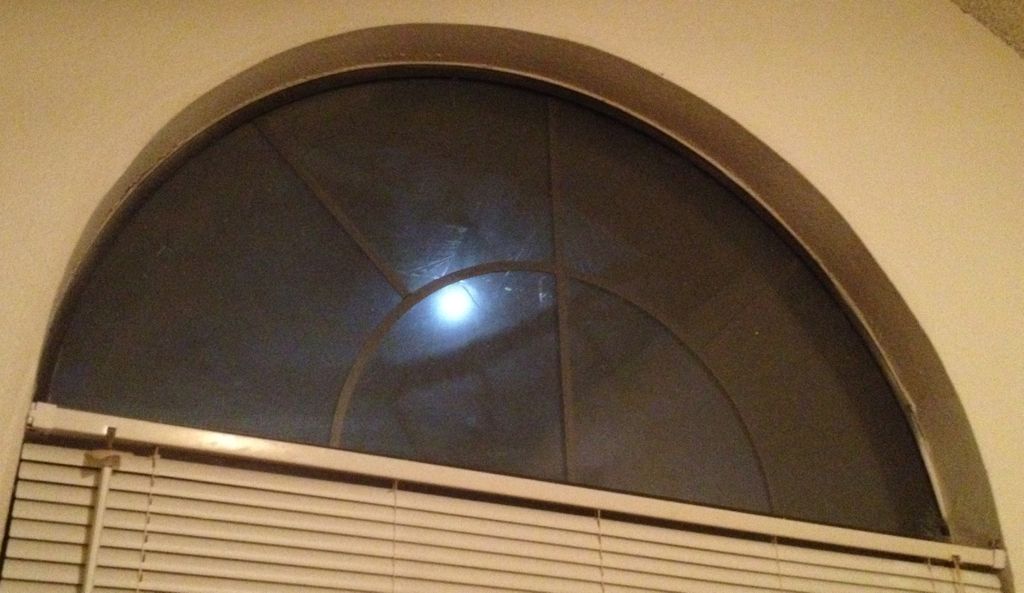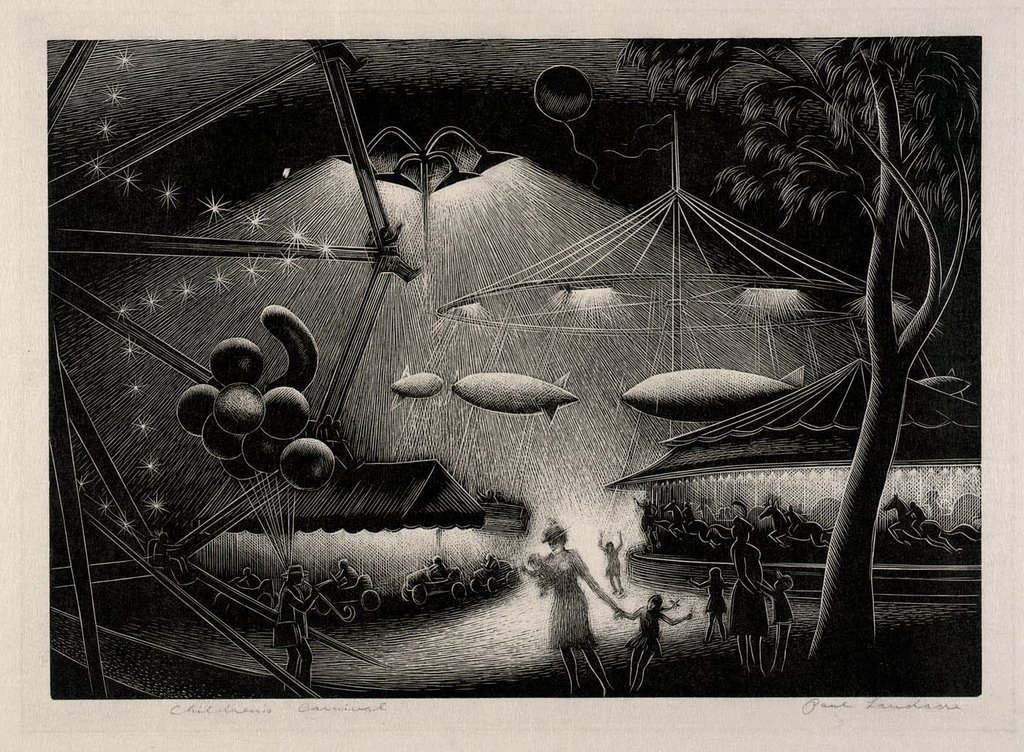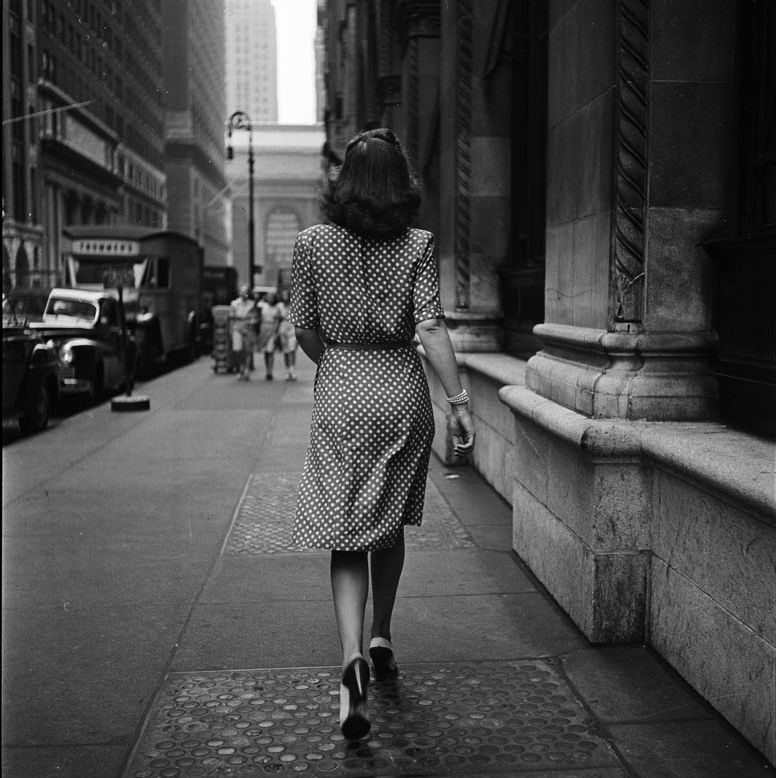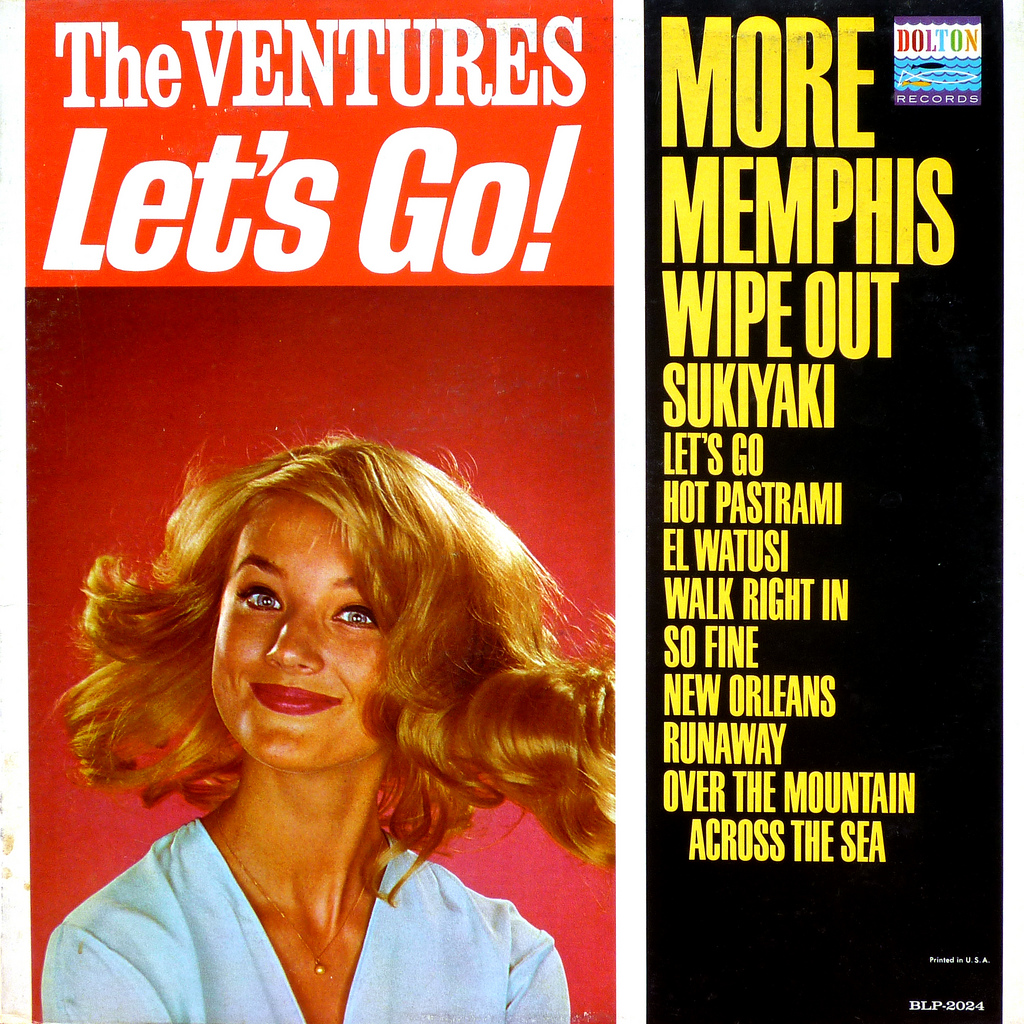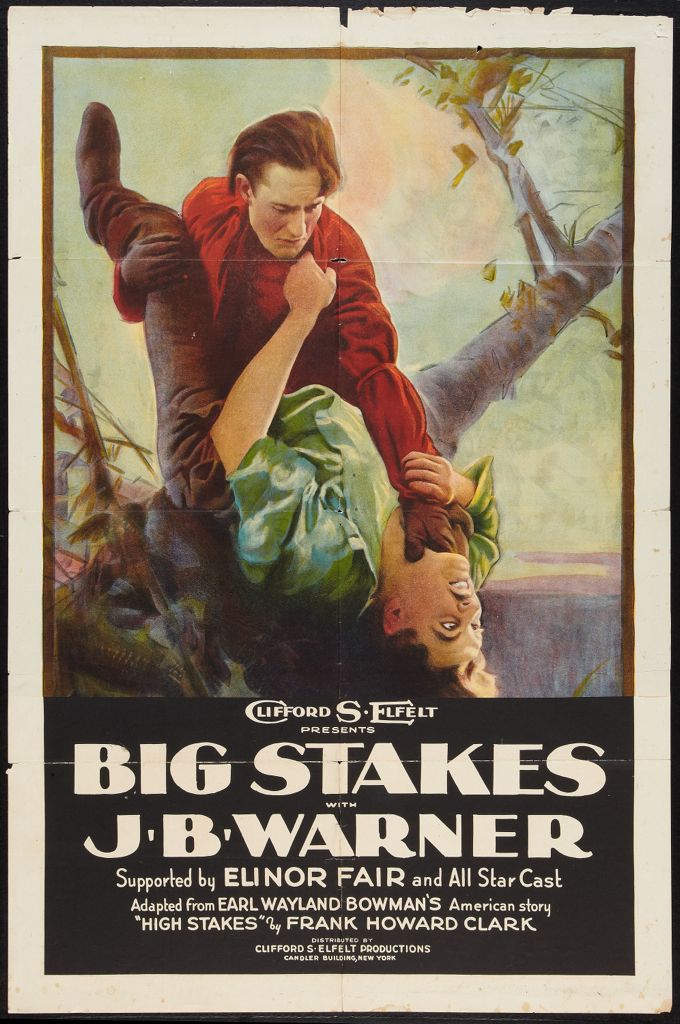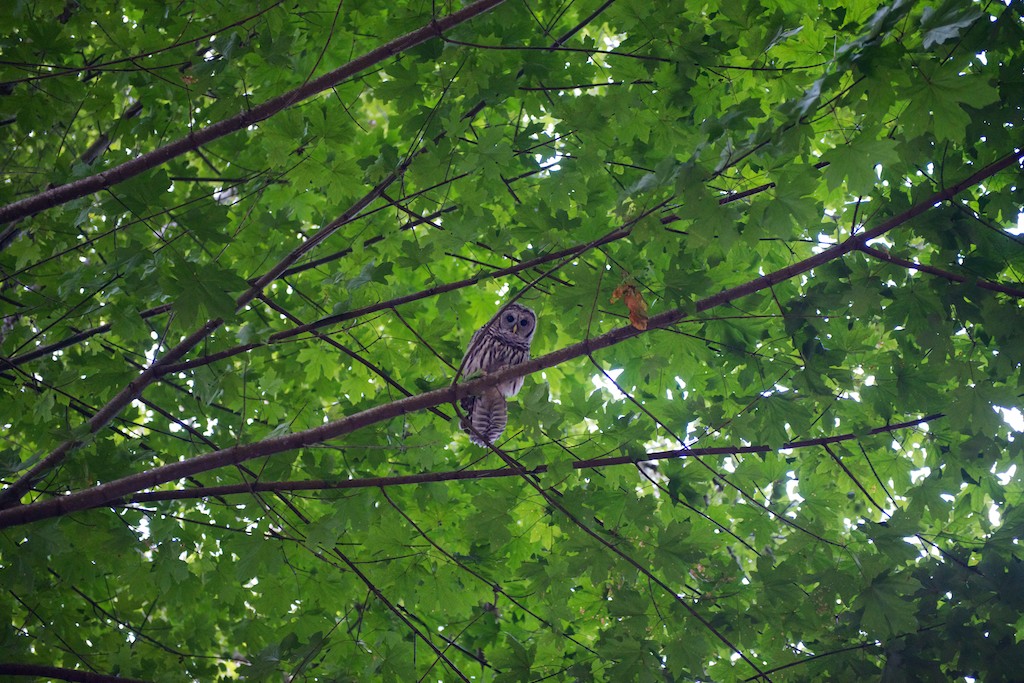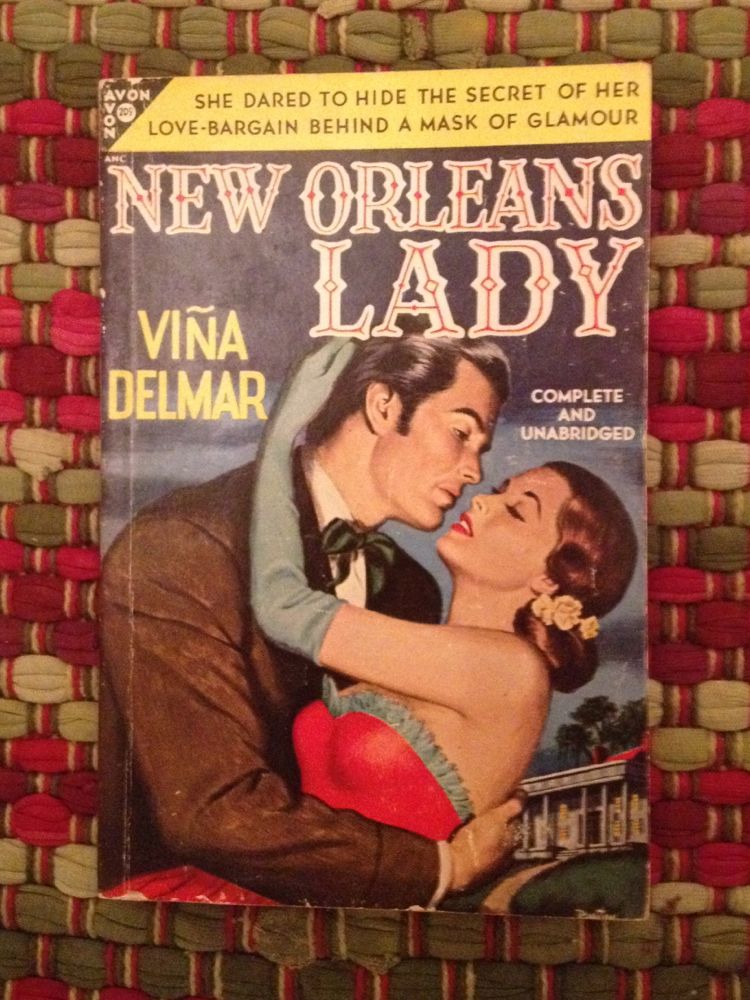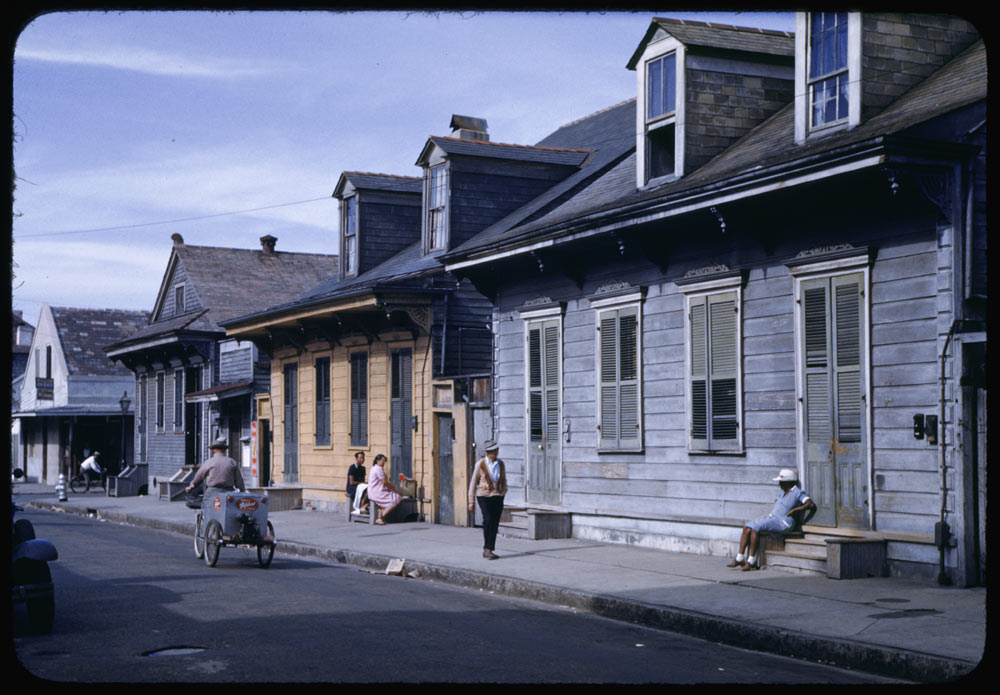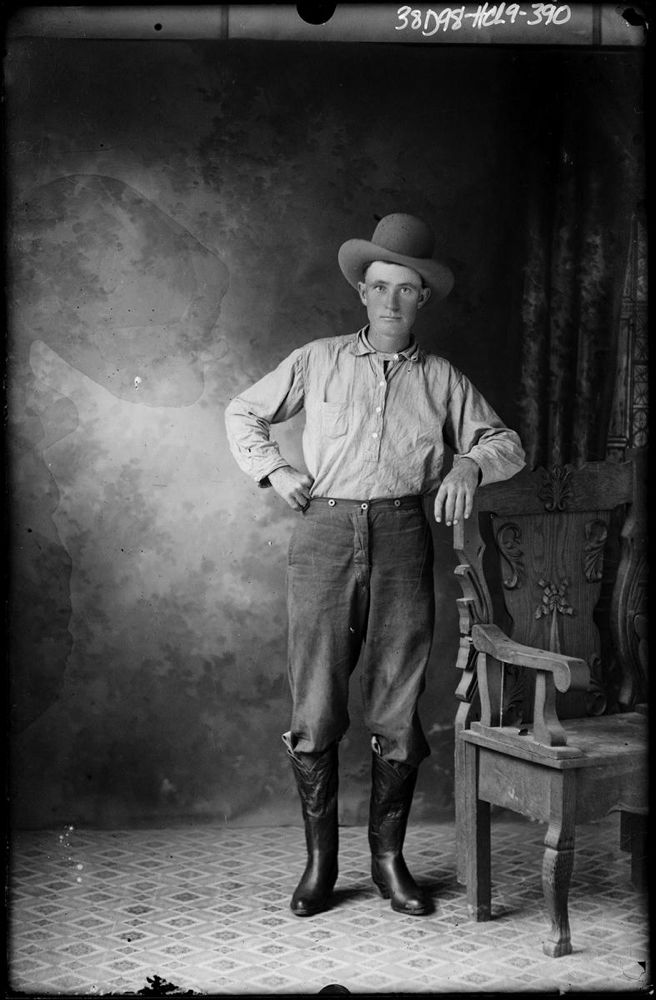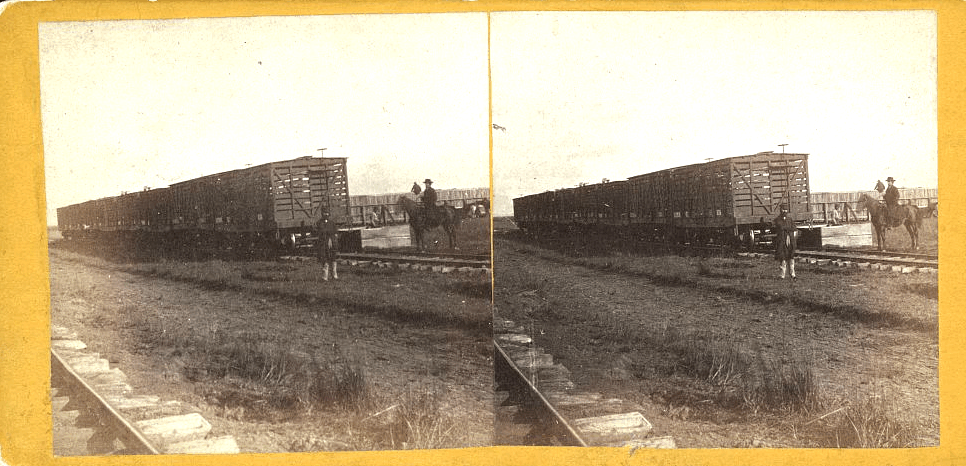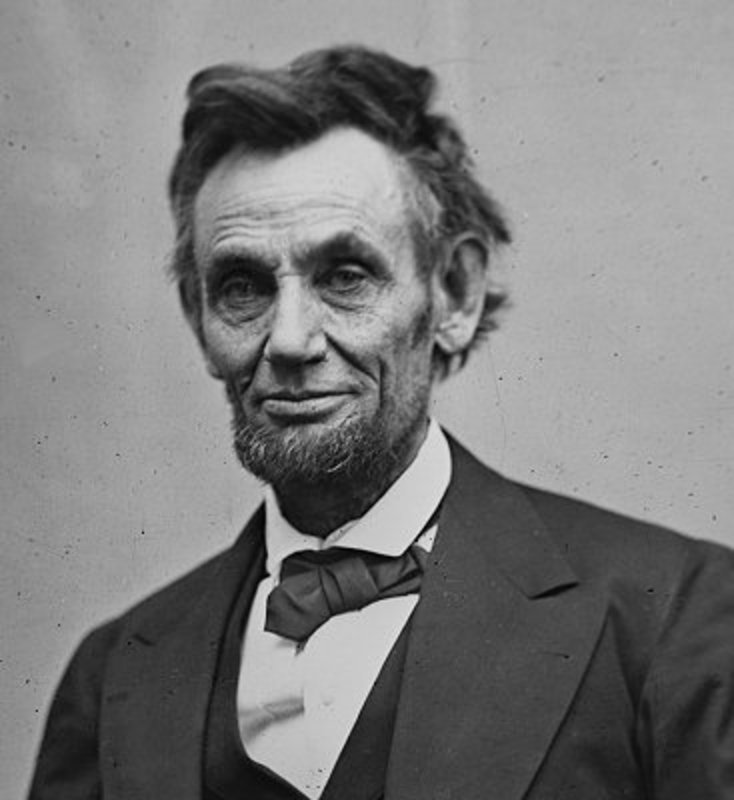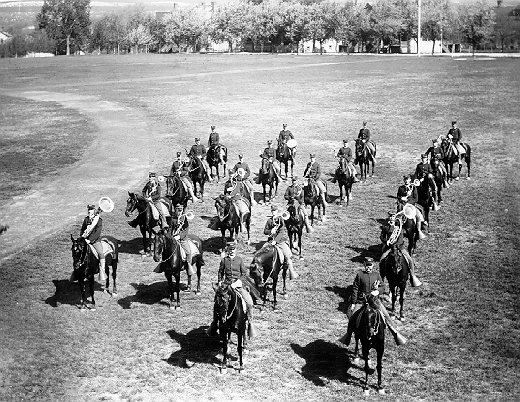Click on the image to enlarge.
Monthly Archives: August 2012
BACK PAGES
This almost makes me cry — so many beautiful young men and women (as they were then, some now gone) playing such great stuff, inspired by the occasion, the company, the songs and the author of those songs . . .
A PAUL LANDACRE ENGRAVING FOR TODAY
ONCE IN A VERY BLUE MOON
A STANLEY KUBRICK PHOTOGRAPH FOR TODAY
COME ON IN MY KITCHEN
AN LP COVER FOR TODAY
A SILENT MOVIE POSTER FOR TODAY
A HUGER FOOTE PHOTOGRAPH FOR TODAY
NEW ORLEANS LADY
Viña Delmar was a prolific and popular 20th-Century novelist, playwright and screenwriter, now almost completely forgotten, except perhaps for her screen adaptation of Arthur Richman’s play The Awful Truth, starring Cary Grant and Irene Dunne, for which she received an Academy Award nomination.
She specialized in slightly racy romances. New Orleans Lady looks intriguing.
VINTAGE LAS VEGAS
16mm home movies of Las Vegas from 1962. The soundtrack doesn’t quite fit but the image are priceless.
With thanks to reader Jim Erskine.
HELLHOUND ON MY TRAIL
FROM THE CUSHMAN ARCHIVE
LAY DOWN, MY DEAR SISTER
— won’t you lay and take your rest?
Won’t you lay your head upon your Savior’s breast?
For I love you
But Jesus loves you the best,
And I bid you goodnight,
Goodnight, goodnight . . .
COWBOY
The cowboy is an enduring symbol of rugged American individualism, part of the mythology of the nation. The symbol came into being over a relatively short period of time, between the late 1860s and the late 1880s, when cattlemen in south Texas sent herds of longhorns on epic trail drives north to Kansas.
But why Kansas? Why Dodge City, Abilene and Wichita, towns whose names still resonate in the frontier legends of America? Because these were all early stops on the Transcontinental Railroad as it pushed its way west from St. Louis.
The Transcontinental Railroad was a an enterprise conceived and organized by the people’s elected representatives in Washington, Abraham Lincoln among them.
It was subsidized, through land grants and guaranteed loans, by the American nation collectively. The people also, again acting collectively, sent regiments of the U. S. Army west to guard the construction of the road from hostile Indians in its path, protecting their investment.
It takes nothing away from the entrepreneurial daring of the Texas cattlemen, or from the grit and gumption of their trail drivers, to recognize that all of that would have had no raison d’etre without the collective national determination to build the Transcontinental Railroad, with its ability to ship cattle that were all but worthless in south Texas back east, where they were worth a very great deal.
Rand Paul’s notion that entrepreneurial initiatives by rugged individualists brought the rail lines and highways of America into being is a lunatic delusion. We the people, working together, built those lines and highways and the entrepreneurs followed in their paths.

